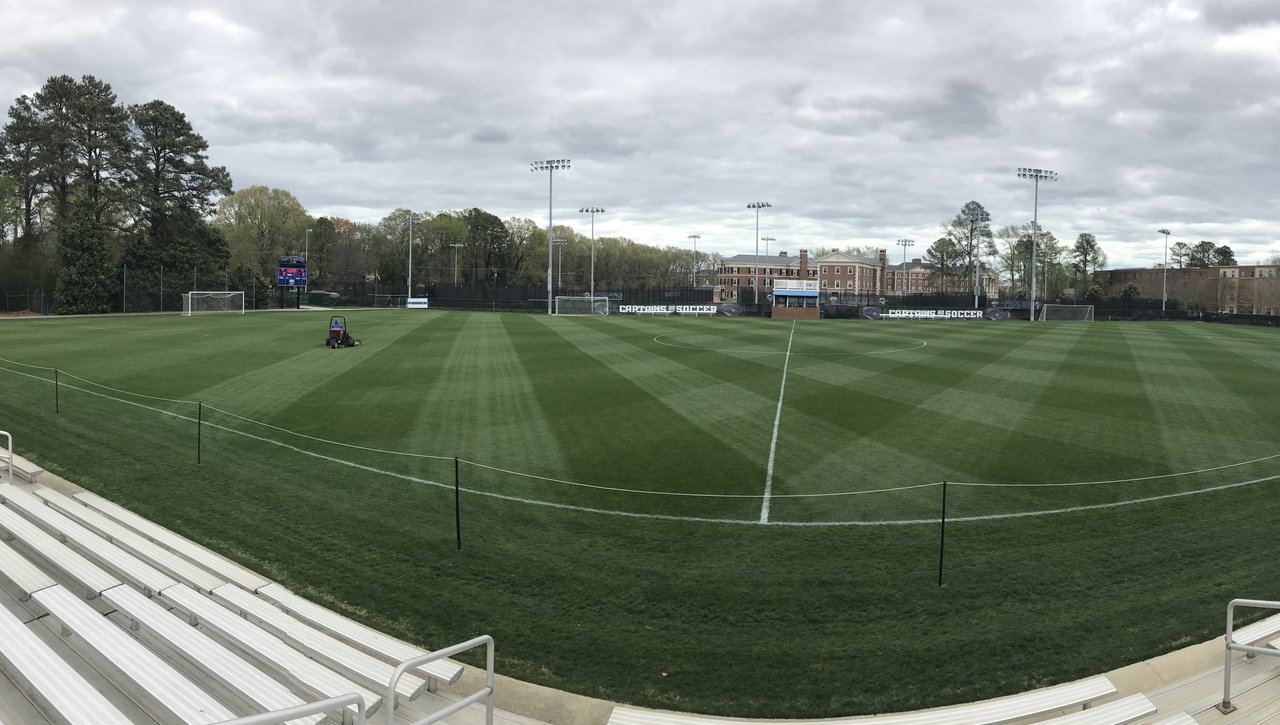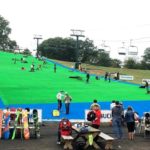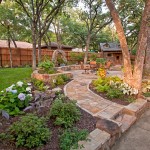
Fans, players and sportscasters love to boast about their home team’s field of dreams, but who really has one?
Each year, the Sports Turf Managers Association (STMA), an organization of 2,700 men and women professionals who oversee sports fields worldwide, cuts through the tall grass to present its Field of the Year award to a handful of members who manage baseball, football, soccer, softball and other sporting and playground surfaces at the professional, collegiate, schools (K-12), and parks and recreation levels. (box below). This year’s winners receive a plaque, special recognition and a free three-night’s stay at STMA’s annual awards banquet and convention, held this year in West Palm Beach, Fla.
Since the awards began in 1988, only three professional football fields have taken home multiple awards; Roger Dean Stadium in Jupiter, Fla., and Isotopes Park in Albuquerque, N.M., each won twice while 2019’s winner, Louisville Slugger Field in Louisville, Ky., won three STMA awards.
In the college/university ranks, Stetson University’s Patricia Wilson Field in DeLand, Fla., won its fifth softball field award dating back to 2008, while sports turf manager Chris Webb at Captains Park, Christopher Newport University in Newport News, Va., also earned an asterisk this year, winning back-to-back STMA awards for softball field of the year in 2018 and soccer field winner in 2019.
Juggling Many Users’ Needs
Field changes tried Webb’s skills at the finer points of dream field management while the school’s artificial field was being replaced, forcing some fancy footwork from his crew.
“Because demolition started on that artificial field at the end of field hockey season, we had to take lacrosse on our soccer stadium, since we didn’t have that artificial field to go back to,” he explains.
“So our field, on top of its normal usage that it sees for soccer, saw the wear and tear of both soccer and lacrosse, with a practice on it every single day and at least one if not two or three games on it every week. And that’s not counting rentals, camps for lacrosse or soccer, and any kind of intermural events that may have taken place on the field as well. On top of that, it’s a native soil field, has only surface drainage and the irrigation system doesn’t cover the whole field, so it really had a tough year.”
What Makes a Sports Turf Field Great
How do the 12 STMA judges separate a field of dreams from the fields of screams? While appearance certainly matters, it’s the safety of the natural turf underfoot, whether for professional athletes or playful preschoolers, that brings home the gold. Prizewinners excel at avoiding these five field safety hazards:
- Compaction: Foot traffic compresses the soil on athletic fields, especially in wet conditions. Left untreated, it can kill the grass and lead to hard, dangerous bare spots, most notably at soccer goals and along sidelines. Solutions: aerate compressed areas and rotate or shift the field layout.
- Bare spots: Weather, wear and insects can result in bare spots that have less than 75 percent coverage of turfgrass on a sports field, making footing problematic for athletes. Solutions: raise the mowing height, seed more, rotate/shift the field with portable goals and move practice play to a different location.
- Uneven surfaces: A field with holes, mounds, ruts and trenches presents a tripping hazard for everyone. Solutions: Mow, fertilize, seed and irrigate regularly. Avoid using heavy equipment under wet conditions.
- Puddles: Slippery wet fields are a hazard to athletes, causing soil compaction and trip-hazard ruts. Solutions: Postpone play when wet weather presents itself. Use topdressing to repair low spots. Aerate to relieve compaction and repair or replace field drainage if necessary.
- Weeds: These unwanted guests crowd out the field species and compromise the consistent, stable footing that athletes expect from turfgrass. Solutions: Increase mowing height to cut sunlight to weed seeds. Water deeply but infrequently. Maintain the turf’s optimal soil pH range and nutrient requirements.
Heavy-Footed Lacrosse Players
Compaction proved a particular challenge when Webb saw the toll that lacrosse takes on its goals.
“I was kind of naïve at how quickly a men’s lacrosse goalie could absolutely destroy the goal area. So midway through the season, the men’s lacrosse goal was shredded; it was a bowl where the goalie stood. Which was fine for the men’s goalie, but when our women play on the field, that was beginning to create a safety hazard for them,” he recalls.
His solution? “We did something we’ve never done before and used a corner of our soccer field’s common area to harvest our own thick-cut sod to replace the goal area in-season so we could keep our field safe for our athletes,” he says proudly. “And when we transitioned the ryegrass out of that field after the lacrosse season was over, I can say we probably provided our athletes with the best field they ever returned to campus for when they came back in August of 2019.”
Sports Turf’s Many Benefits
While climate change activists tend to throw shade on the lawn care industry for the engine emissions it produces by mowing, STMA celebrates the many benefits of natural turf, both to the planet and we humans who inhabit it. For starters, grass photosynthesis traps carbon dioxide and emits oxygen into the atmosphere. Turf’s fibrous root system also reduces erosion, runoff and noise pollution. Our planetary turf blanket keeps local environments about 14 degrees cooler than bare soil and 30 degrees cooler than asphalt. While nice lawns are a plus for home values and community appeal, they also prove massively therapeutic for sports players, sports fans and those in need of physical or mental therapy.
Webb sees a place for both natural and artificial surfaces in the Earth’s future.
“I’m a grass guy, so I’m 100 percent natural grass, but there are merits to synthetics,” he says. “Every facility should have one, because there are always going to be rain days or days with snow cover or days when it’s just not the day that you need to practice on the natural grass. Having that synthetic turf field is a tool that everyone needs to have in their toolbox.”
Webb chuckles however at the prospect of an STMA three-peat in 2020.
“I told the administration that we’re not going for the triple crown!”
Full List: 2019 STMA ‘Field of the Year’ Winners
Professional
- Baseball – Louisville Slugger Field at Louisville Bats (Louisville, Ky.): Tom Nielsen, Former Head Groundskeeper.
- Soccer – Rio Tinto Stadium home of Real Salt Lake and Utah Royals FC (Sandy, Utah): Dan Farnes, Director of Fields and Grounds.
College and University
- Baseball – Russ Chandler Stadium at Georgia Tech (Atlanta, Ga.): Chris May, Director of Athletic Grounds.
- Football – Scott Field, Davis Wade Stadium at Mississippi State University (Starkville, Miss.): Brandon Hardin, Superintendent-Sports Turf.
- Soccer – Captains Field at Christopher Newport University (Newport News, Va.): Chris Webb, Associate Director of Grounds.
- Softball – Patricia Wilson Field at Stetson University (DeLand, Fla.): Steve Barnard, Field Technician.
- Sporting Grounds – Koskinen Stadium at Duke University (Durham, N.C.): Scott Thompson, CSFM, Superintendent of Sports Fields and Grounds.
Schools and Parks
- Baseball – Park Hill South Baseball Field at the Park Hill School District (Riverside, Mo.): Eric Jones, Head Groundskeeper.
- Football – Walsh Field at Pace Academy Riverview Sports Complex (Mableton, Ga.): Daniel Prince, Sports Complex Facility Manager.
- Softball – Open Space Park at the City of Sioux Center (Sioux Center, Iowa): Lee Van Meeteren, Parks Director/Head Grounds Superintendent.
- Sporting Grounds – Linda Reeves Field at the Christ Church Episcopal School (Greenville, S.C.): Brian Dossett, CSFM, Head Turf Manager.





